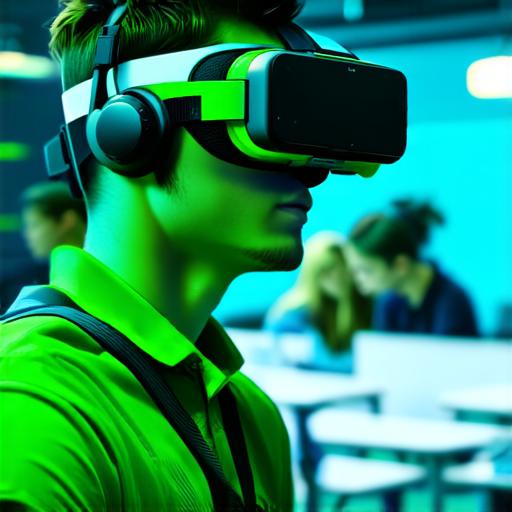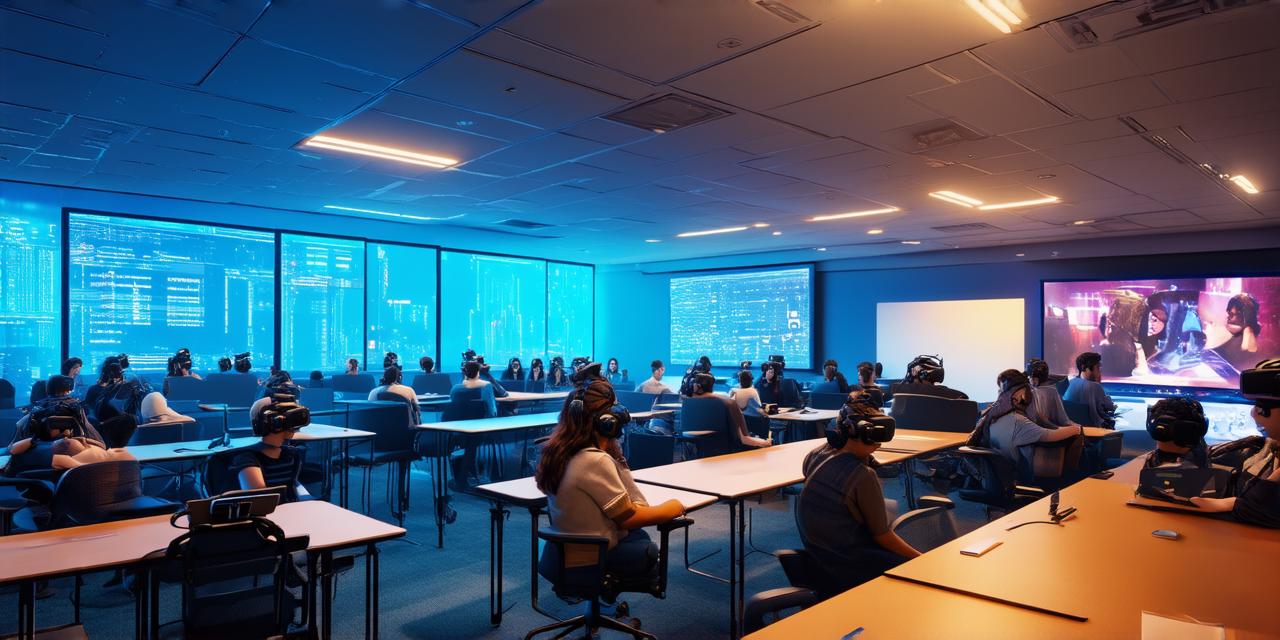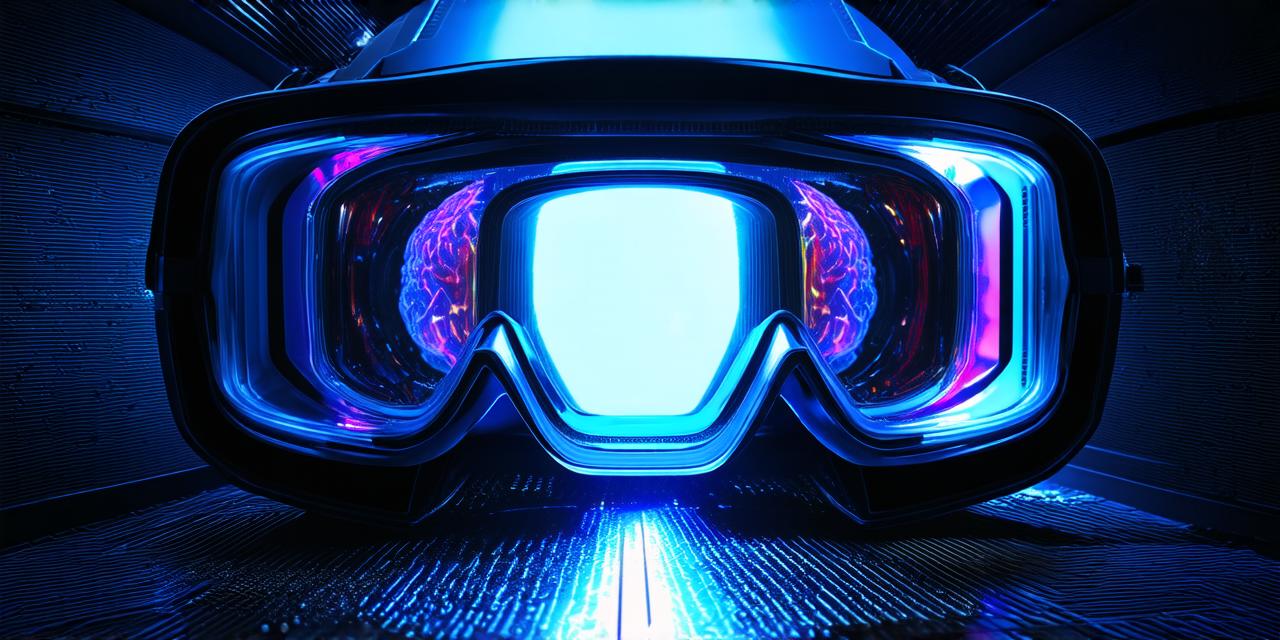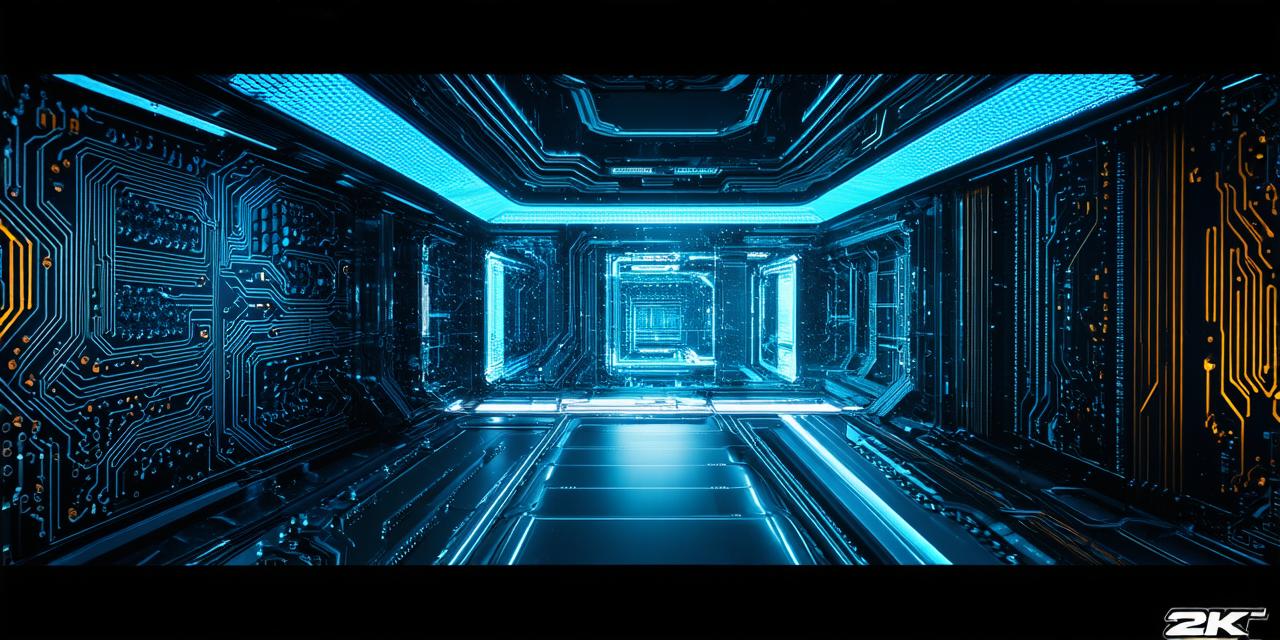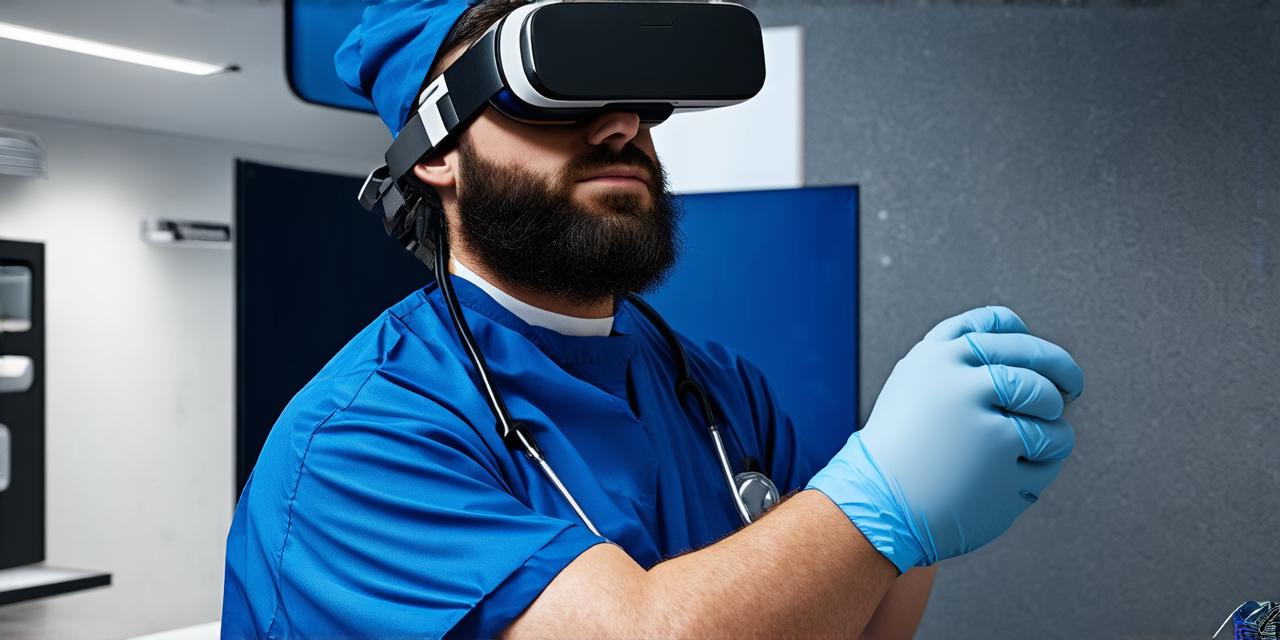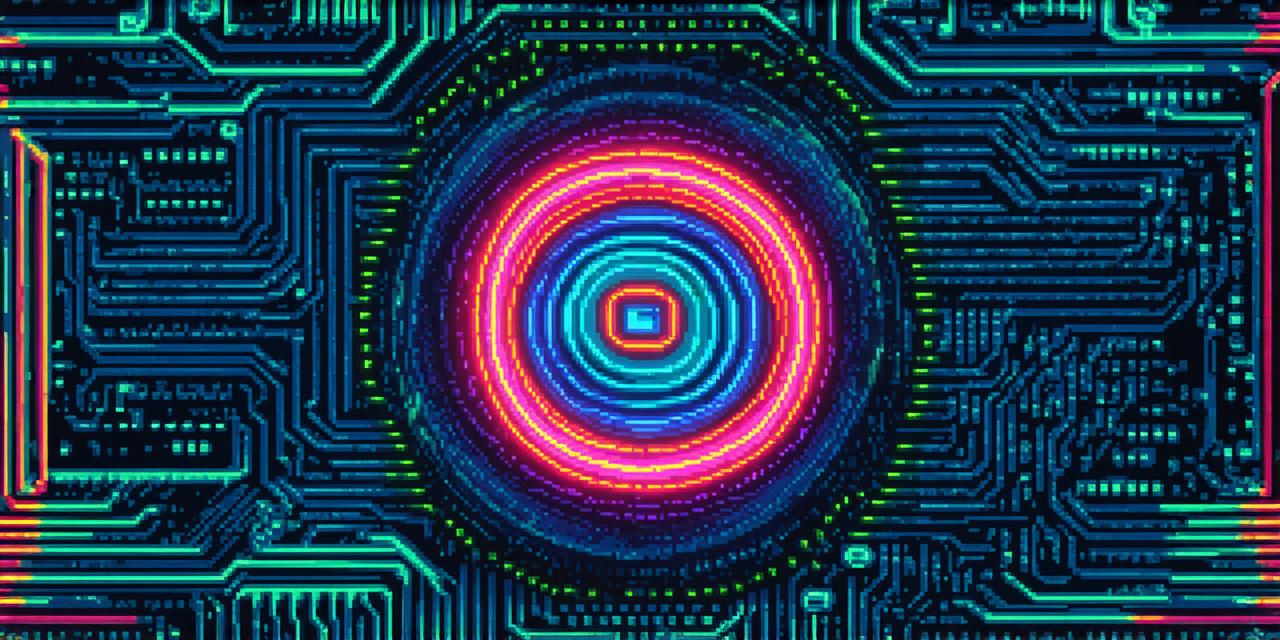The Benefits of Virtual Reality for Science and Engineering
Virtual reality can provide students with hands-on learning experiences that allow them to explore complex scientific concepts in a safe and controlled environment. For example, VR simulations can help students understand the inner workings of an atom or the behavior of fluids.
In addition, VR can be used to simulate real-world engineering projects, such as building bridges or designing aircraft.
One example of how VR is being used in science and engineering education is through the use of virtual labs. These simulations allow students to perform experiments and manipulate variables without the risk of injury or damage to equipment. Virtual labs can also provide students with access to a wider range of experimental conditions than traditional lab setups, allowing them to conduct more comprehensive research.
Virtual reality can also be used in engineering design projects, where students can create 3D models of their designs and test them in virtual environments. This can help students identify potential issues before moving on to physical prototypes, saving time and resources.
The Benefits of Virtual Reality for Language Arts and Humanities
Virtual reality can also be used to enhance language arts and humanities education by providing immersive experiences that allow students to explore historical and cultural contexts in a more engaging way. For example, VR simulations can take students on virtual tours of ancient civilizations or allow them to experience historical events firsthand.
One example of how VR is being used in language arts education is through the use of language learning games. These games use VR technology to create interactive environments where students can practice speaking and listening skills in a fun and engaging way.
Virtual reality can also be used in humanities education to provide students with virtual tours of museums, historical sites, and other cultural landmarks. This can help students gain a better understanding of the context and significance of these places without having to physically visit them.
The Benefits of Virtual Reality for Special Needs Students
Virtual reality can be particularly beneficial for special needs students, who may face challenges in traditional classroom settings due to sensory overload or difficulty with social interaction. VR technology can provide a safe and controlled environment where these students can practice social skills and develop their sensory processing abilities.
One example of how VR is being used for special needs education is through the use of therapy simulations. These simulations allow therapists to create virtual environments that mimic real-world situations, such as crossing a busy street or going to the grocery store. By practicing these skills in a controlled environment, students can develop the confidence and ability they need to navigate real-world situations.
Another example is the use of VR technology in autism treatment. Virtual reality can be used to create simulations that help individuals with autism understand social cues and develop their communication skills. For example, a simulation could involve a virtual character who is experiencing difficulty communicating, allowing the individual with autism to practice empathy and effective communication skills.
Case Studies: How Virtual Reality is Being Used in Education
There are many examples of how virtual reality is being used in education. One such example is the use of VR in medical training. In this application, students can use VR technology to simulate surgical procedures and other medical scenarios, allowing them to practice their skills in a safe and controlled environment. This has been shown to improve student performance and reduce errors in real-world medical procedures.
Another example is the use of VR in language learning. In this application, students can use VR technology to practice speaking and listening skills in virtual environments that mimic real-world situations. For example, a student could practice ordering food at a restaurant or asking for directions on a busy street. This has been shown to improve student language proficiency and confidence.
Conclusion
Virtual reality is an exciting technology that has the potential to revolutionize education by providing students with immersive learning experiences that are not possible in traditional classroom settings.
